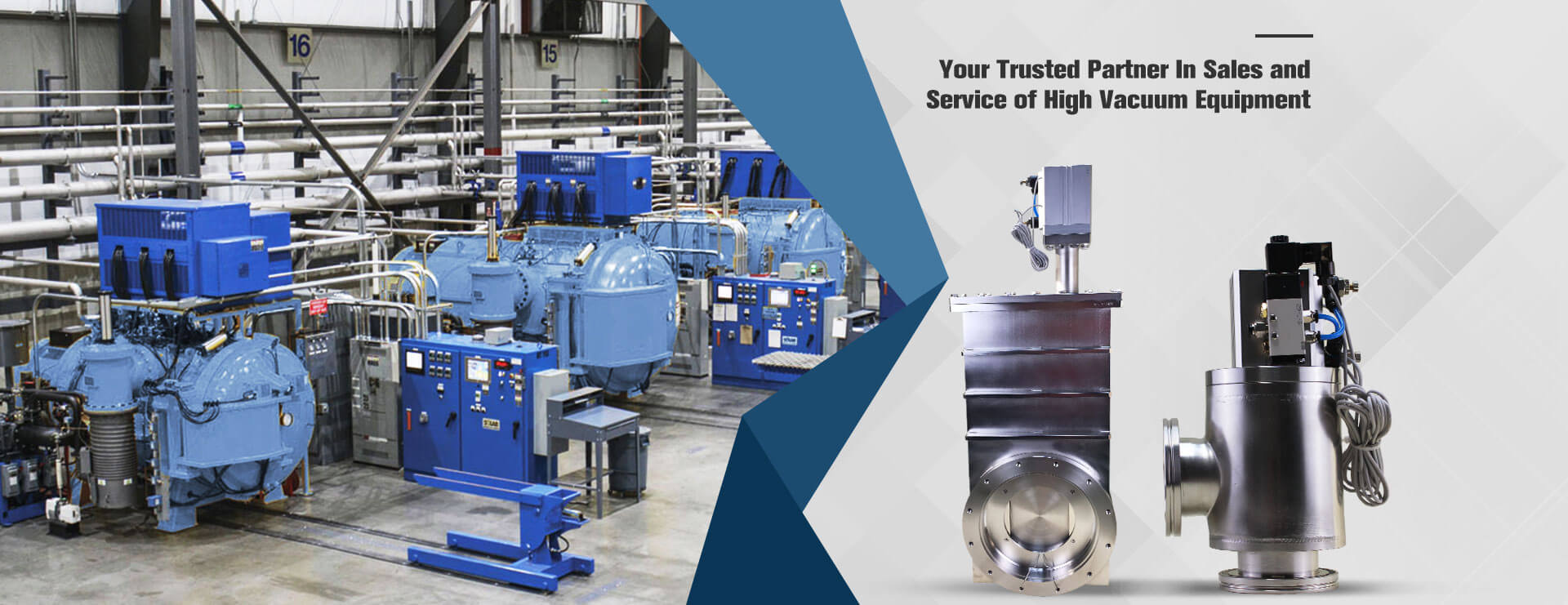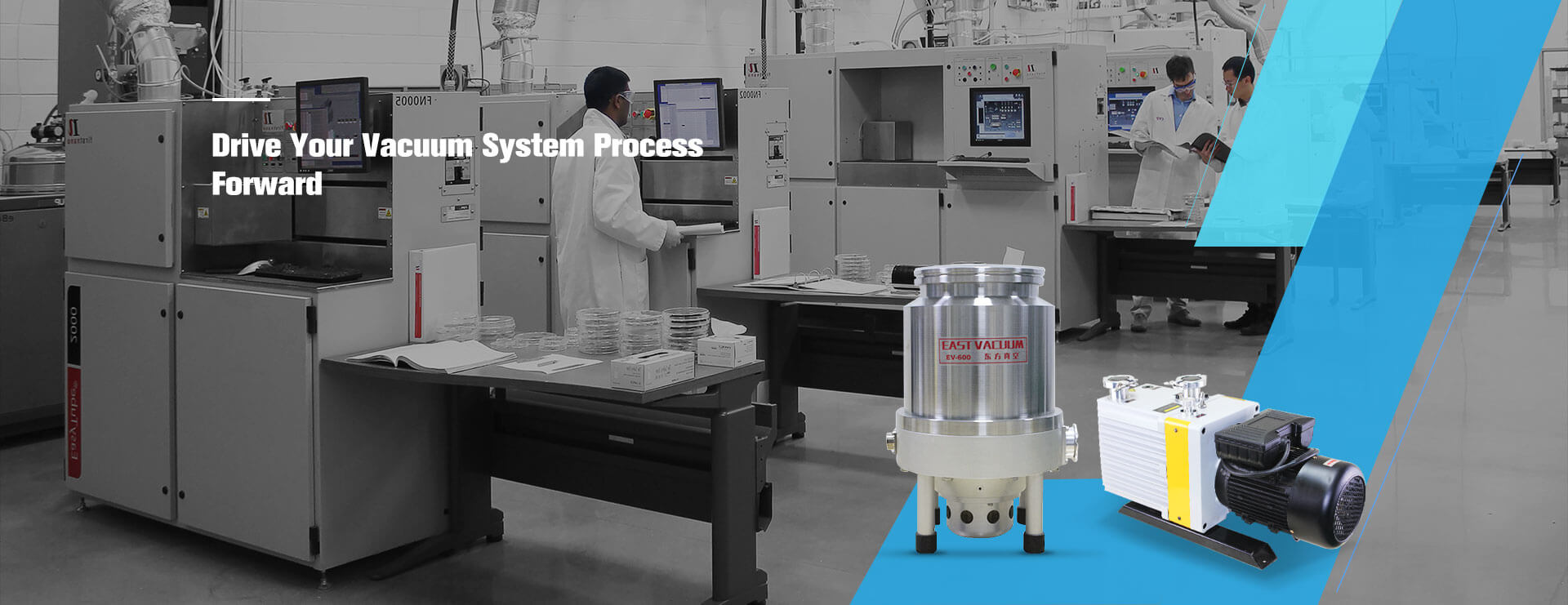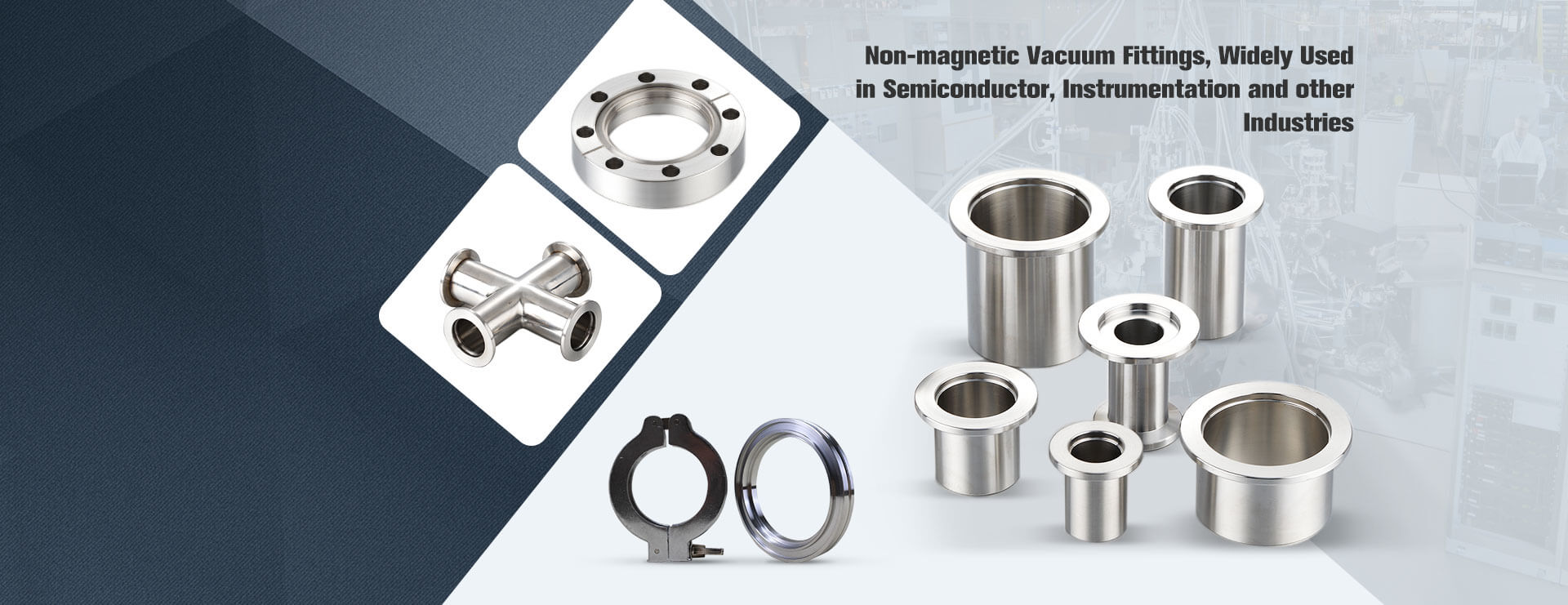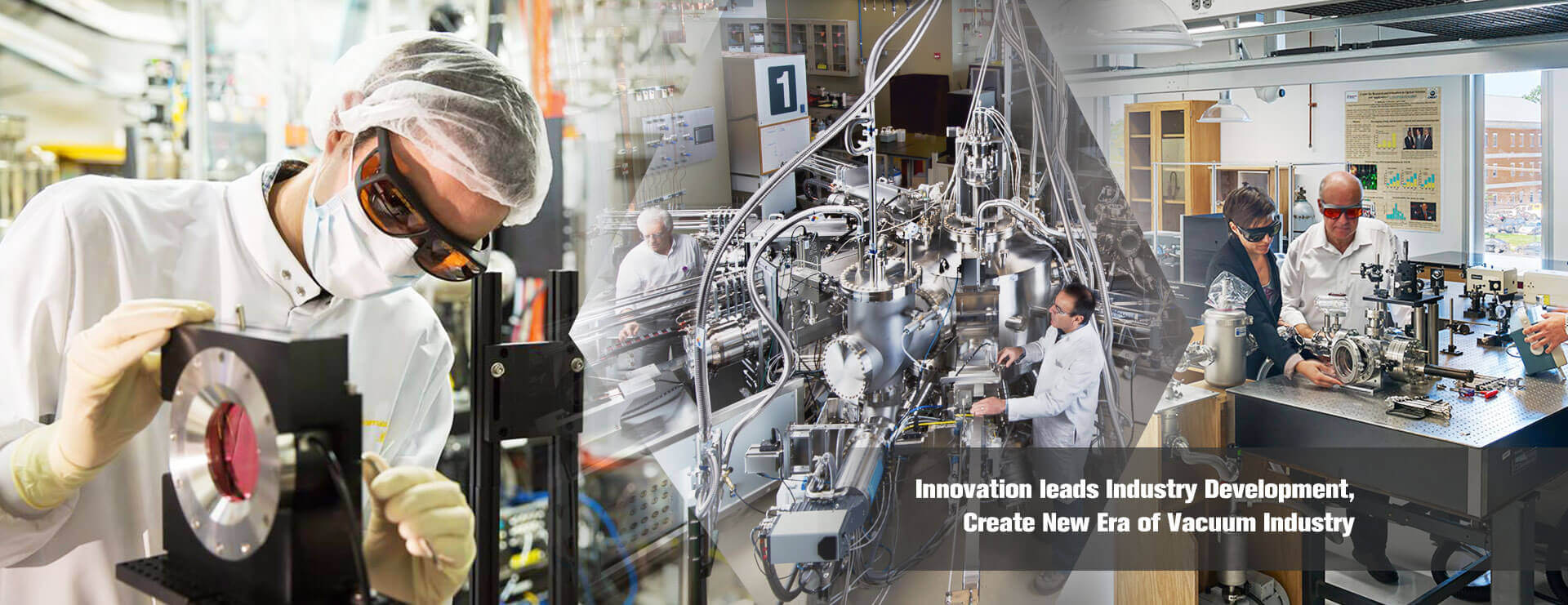This week, I have compiled a list of some common vacuum terms to facilitate a better understanding of vacuum technology.
1、 Vacuum degree
The degree of thinness of the gas in a vacuum, usually expressed by “high vacuum” and “low vacuum”. High vacuum level means “good” vacuum level, low vacuum level means “poor” vacuum level.
2、 Vacuum unit
Usually used Torr (Torr) as a unit, in recent years the international use of Pa (Pa) as a unit.
1 Torr = 1/760 atm = 1 mmHg 1 Torr = 133.322 Pa or 1 Pa = 7.5×10-3 Torr.
3. Mean free distance
The average distance travelled by two successive collisions of a gas particle in irregular thermal motion, expressed by the symbol “λ”
4、 Ultimate vacuum
After the vacuum vessel is fully pumped, it is stabilised at a certain vacuum level, which is called the ultimate vacuum. Usually the vacuum vessel must be refined for 12 hours, then pumped for 12 hours, the last hour is measured every 10 minutes, and the average value of the 10 times is the ultimate vacuum value.
5. Flow rate
The amount of gas flowing through an arbitrary section per unit of time, symbolised by “Q”, in Pa-L/s (Pa-L/s) or Torr-L/s (Torr-L/s).
6、 Flow conductance
Indicates the capacity of a vacuum pipe to pass a gas. The unit is litres per second (L/s). In steady state, the flow conductance of a pipe is equal to the pipe flow divided by the difference in pressure between the two ends of the pipe. The symbol for this is “U”.
U = Q/(P2- P1)
7、 Pumping rate
At a certain pressure and temperature, the gas pumped away from the pump inlet in a unit of time is called the pumping rate, or pumping speed. That is, Sp = Q / (P – P0)
8、 Return flow rate
When the pump works according to the specified conditions, the mass flow of pump liquid through the pump inlet unit area and unit time in the opposite direction of pumping, its unit is g/(cm2-s).
9、Cold trap (water-cooled baffle)
A device placed between the vacuum vessel and the pump for adsorbing gas or trapping oil vapour.
10、Gas ballast valve
A small hole is opened in the compression chamber of the oil-sealed mechanical vacuum pump and a regulating valve is installed. When the valve is opened and the air intake is adjusted, the rotor turns to a certain position and the air is mixed into the compression chamber through this hole to reduce the compression ratio so that most of the steam does not condense and the gas mixed in is excluded from the pump together.
11、Vacuum Freeze Drying
Vacuum freeze drying, also known as sublimation drying. Its principle is to freeze the material so that the water contained in it turns into ice, and then make the ice sublimate under vacuum to achieve drying purpose.
12、Vacuum drying
A method of drying goods by using the characteristics of low boiling point in a vacuum environment.
13、Vacuum Vapour Deposition
In a vacuum environment, the material is heated and plated onto a substrate called vacuum vapour deposition, or vacuum coating.
14. Leakage rate
The mass or number of molecules of a substance flowing through a leaky hole per unit of time. Our legal unit of leakage rate is Pa·m3/s.
15. Background
A more stable level or amount of radiation or sound created by the environment in which it is located.
[Copyright statement]: The content of the article is from the network, the copyright belongs to the original author, if there is any infringement, please contact us to delete.
Post time: Dec-23-2022





